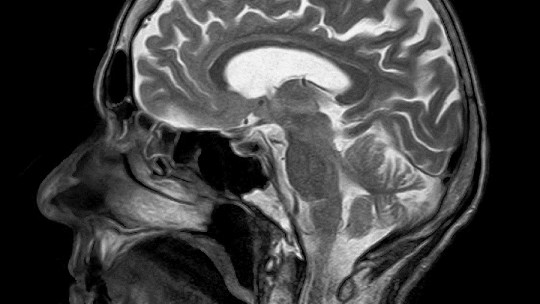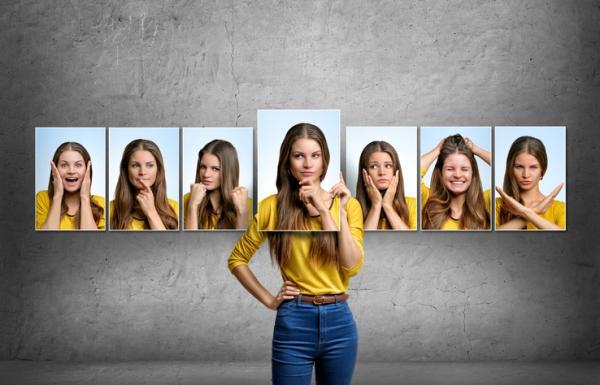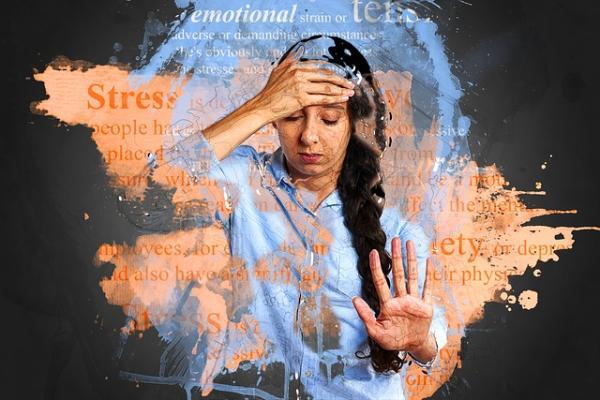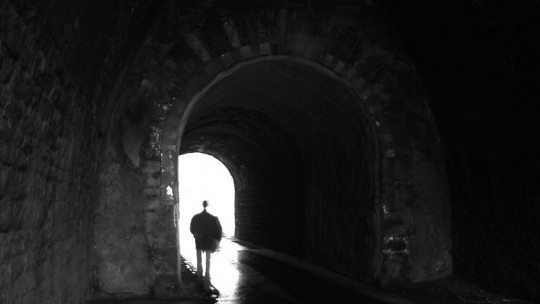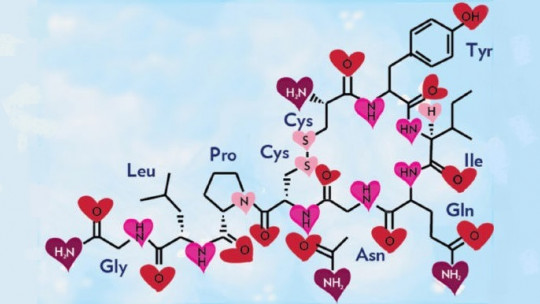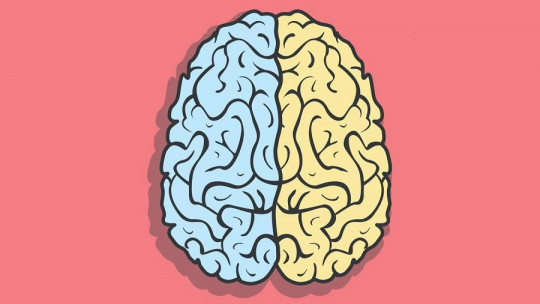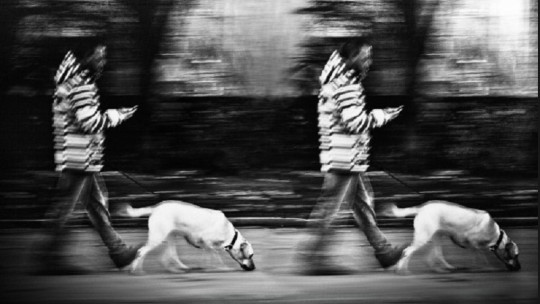
Have you ever experienced something that you think you have already experienced at another time? Have you been to a place that looks familiar but can’t remember why it’s familiar?
If you have felt something similar, it is very likely that you have experienced a Deja vu .
What does Déjà Vu mean?
Deja vu It is a French term coined by the psychic researcher Émile Boirac that means “already seen” and implies a sensation of living a situation identical to another previously experienced from which, however, we are not able to remember when or why it seems familiar Its duration is normally a few seconds and is characterized by the sensation of reliving a moment already experienced, as if the same story were repeating itself.
Through data collection by Millon and his team, it has been observed that, approximately, 60% of people experience it and it turns out to be a more frequent phenomenon under situations of stress and fatigue (Brown, 2003). It usually arises between the ages of 8-9, since for Déjá Vu to occur a certain level of brain development is required, but once we experience it, it becomes more frequent between the ages of 10-20 (Ratliff, 2006).
When we talk about Déjá Vu, we are not talking about a new term, since experiences of Déjá vu have already been described in the works of great writers such as Dickens, Tolstoy, Proust and Hardy (Sno, Linszen & Jonghe, 1992).
Why does Déjà Vu occur?
This question is still uncertain to us. Numerous fields offer various explanations for this phenomenon, some of the best-known theories are those that relate Dèjá Vu as a symptom of paranormal experiences (past lives, premonitions, etc.) and even, in the field of psychoanalysis, Freud (1936) postulated that this sensation was caused by the similarity of the present situation with a repressed fantasy of an unconscious dream, however, he declared the phenomenon as something confusing to investigate.

What does neuroscience tell us about the Déjà Vu phenomenon?
Focusing on a neurocognitive analysis, Alan Brown (2004), psychologist at Southern Methodist University and author of “The Déjà vu Experience”, shows us a classification of the various scientific explanations in relation to Déjà Vu through four theories:
1. Double processing
The central idea is the affirmation of Déjà Vu as result of two synchronized parallel cognitive processes that momentarily lose synchronization
This asynchrony may be due to the absence of one process when the other is activated or that the brain is encoding information and retrieving it at the same time, that is, two related pathways that are normally separated are merging. The fact of observing an image and at the same time remembering it gives us a feeling of having previously experienced that situation.
2. Neurological
Déjà Vu is produced because of a brief dysfunction/disruption in a temporal lobe circuit, involved in the experience of remembering lived situations, this fact generates a “false memory” of the situation. This theory is justified by the study of patients with temporal lobe epilepsy, who often experience Déjà Vu just before suffering one of their attacks.
By measuring neuronal discharges in the brains of these patients, scientists have been able to identify the regions of the brain where Déjà Vu signals begin and how by stimulating those same regions it is possible to produce that sensation.
3. Mnesia
Defines Déjà Vu as a experience generated by the similarities and overlaps between past and present experiences The psychologist Anne M. Cleary (2008), researcher of the neural bases underlying Déjà Vu, postulates this phenomenon as a normal metacognitive mechanism that occurs when a past experience bears a resemblance to the present one and, consequently, makes us believe that we have already been there.
Through various studies and research, it has been shown that the mind stores fragments of information, that is, it does not store complete information and that, therefore, when we observe, for example, a street that looks like another or that has identical elements or similar, this sensation may arise.
4. Double perception or attention
It is postulated that the phenomenon is produced as a consequence of a momentary distraction of the brain just after part of the scene has been captured (non-explicit memory) and, when this attention is resumed (fractions of a second) and makes a complete capture we attribute to that scene a strong sense of familiarity without being aware of its origin, giving a sensation of “false memory”, since part of that scene had been registered implicitly and unconsciously.
The fact that there are various theories shows that such a phenomenon is not due to a single cause. Likewise, it is true that not all Déjà Vu is a consequence of a normal memory process, since there seems to be a type of Déjà Vu related to a memory alteration observed in pathologies such as schizophrenia or, as mentioned above, in lobe epilepsy. temporary in which the phenomenon can last a few minutes or even hours (Thompson, Moulin, Conway & Jones, 2004).
For now, There is no clear and definitive explanation that determines the anatomical and functional bases for this phenomenon to occur but advances in neuroimaging techniques and current research can help to better understand the topic from a neurocognitive perspective.

